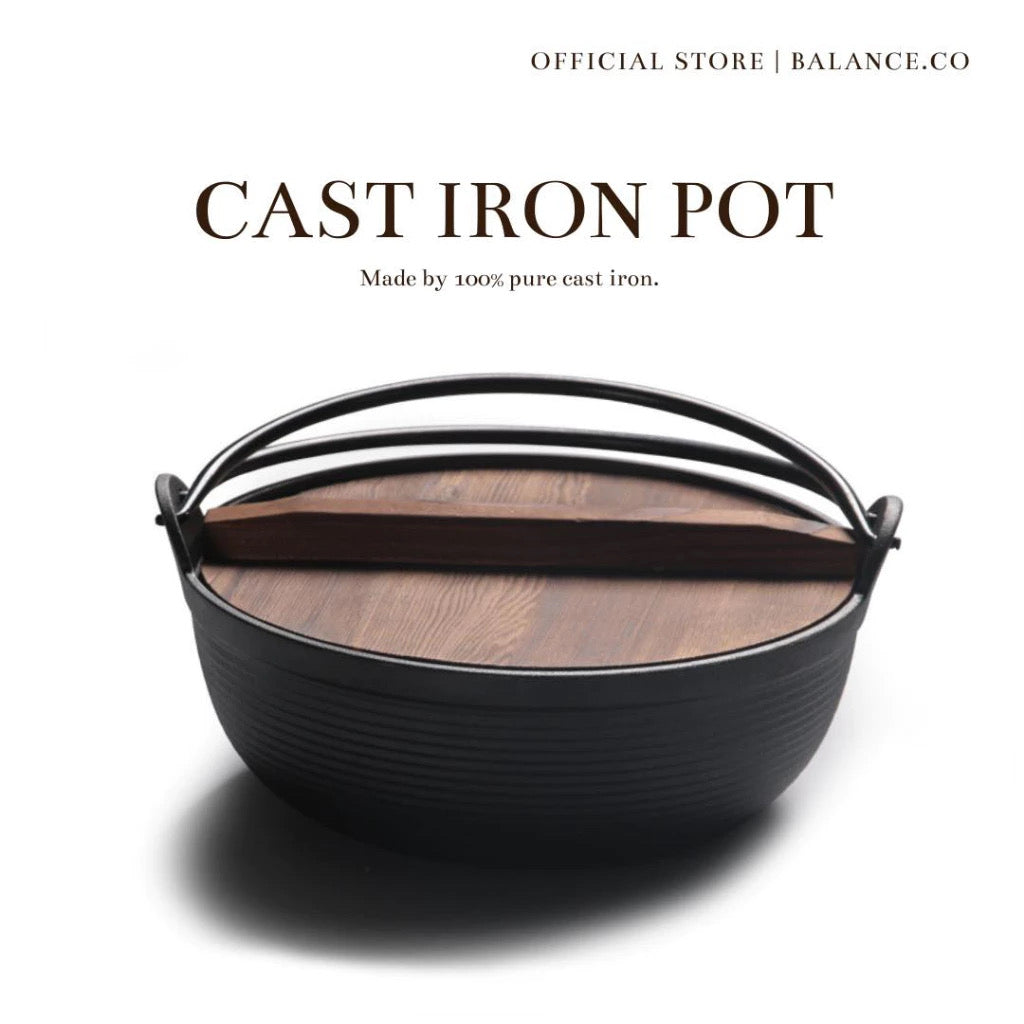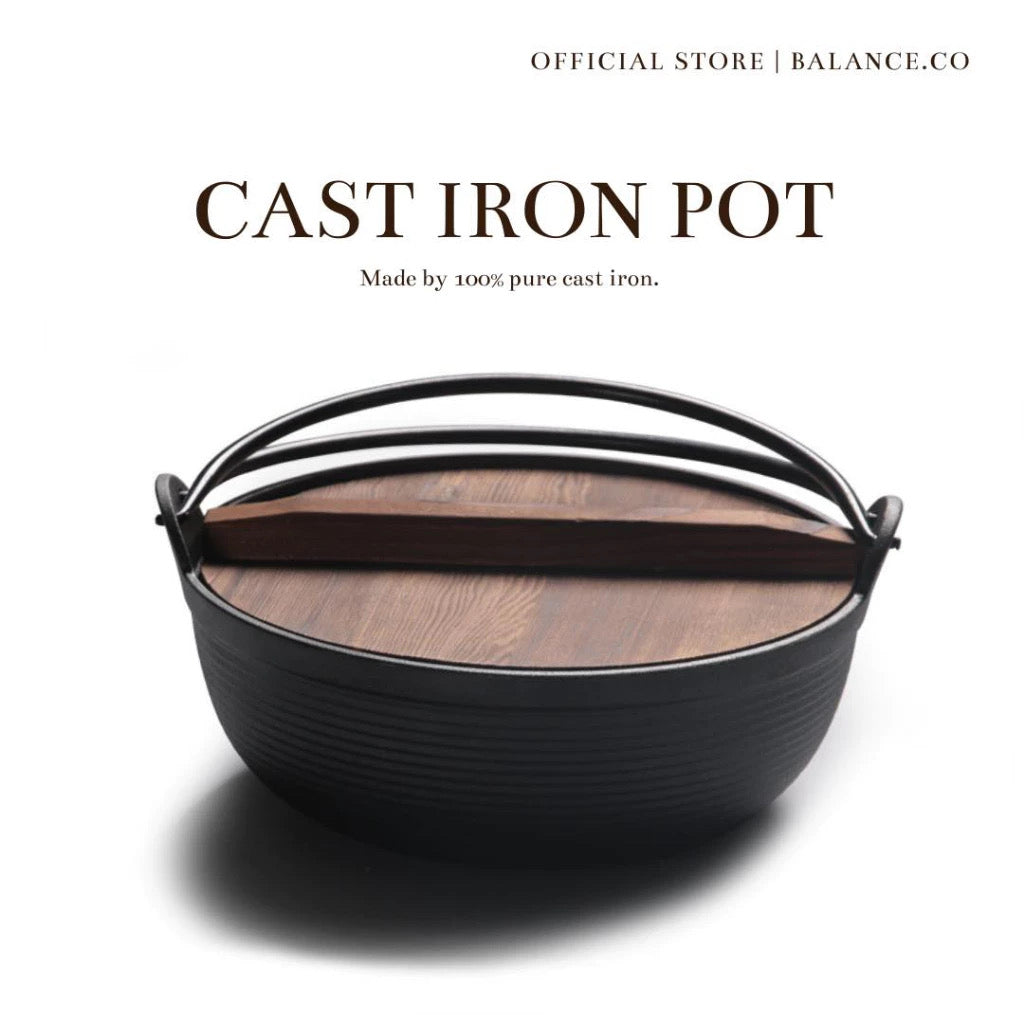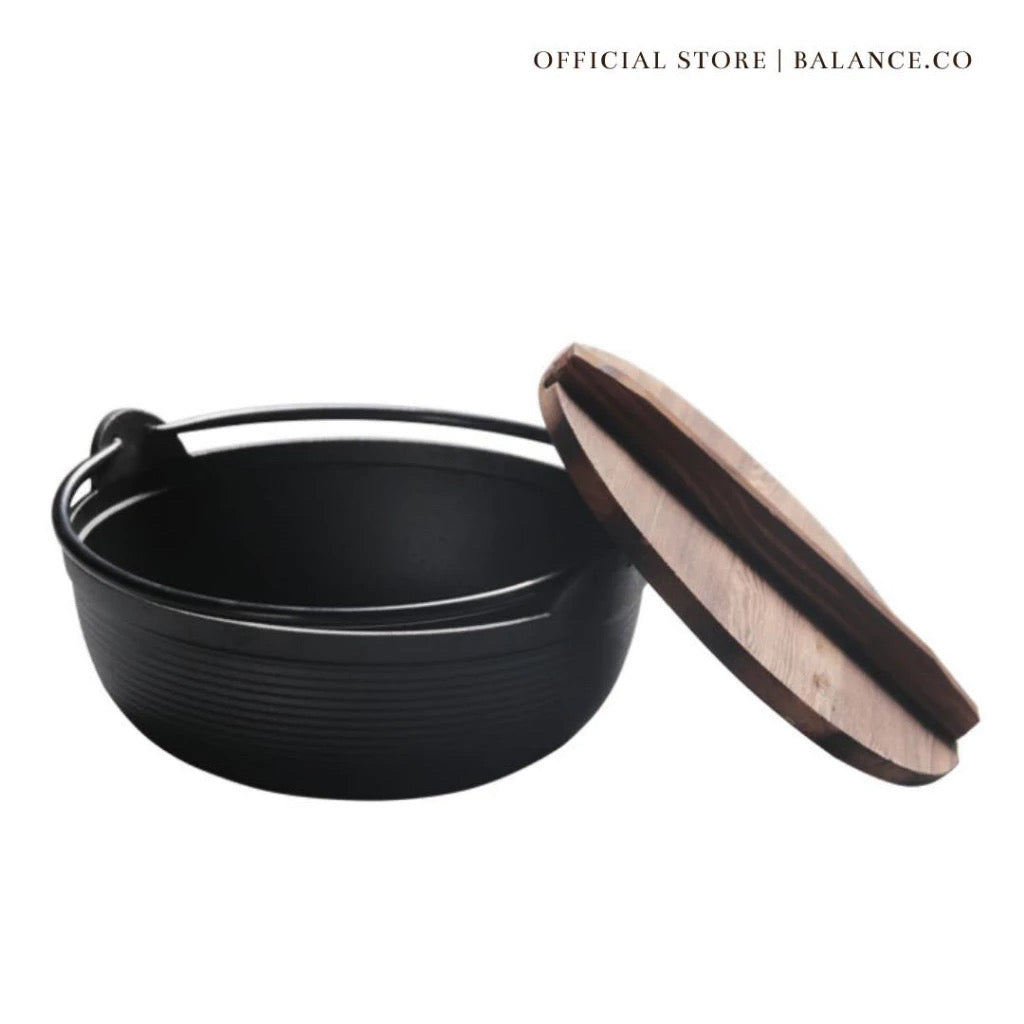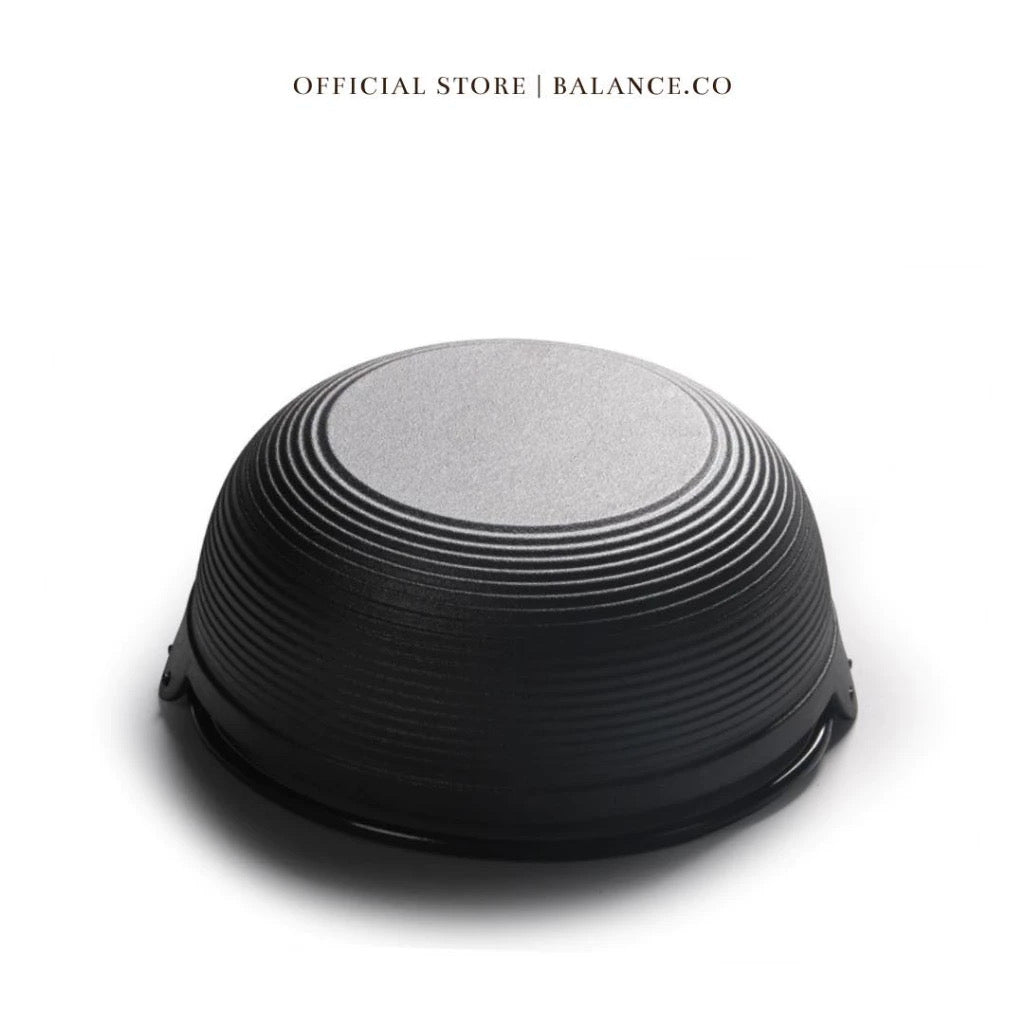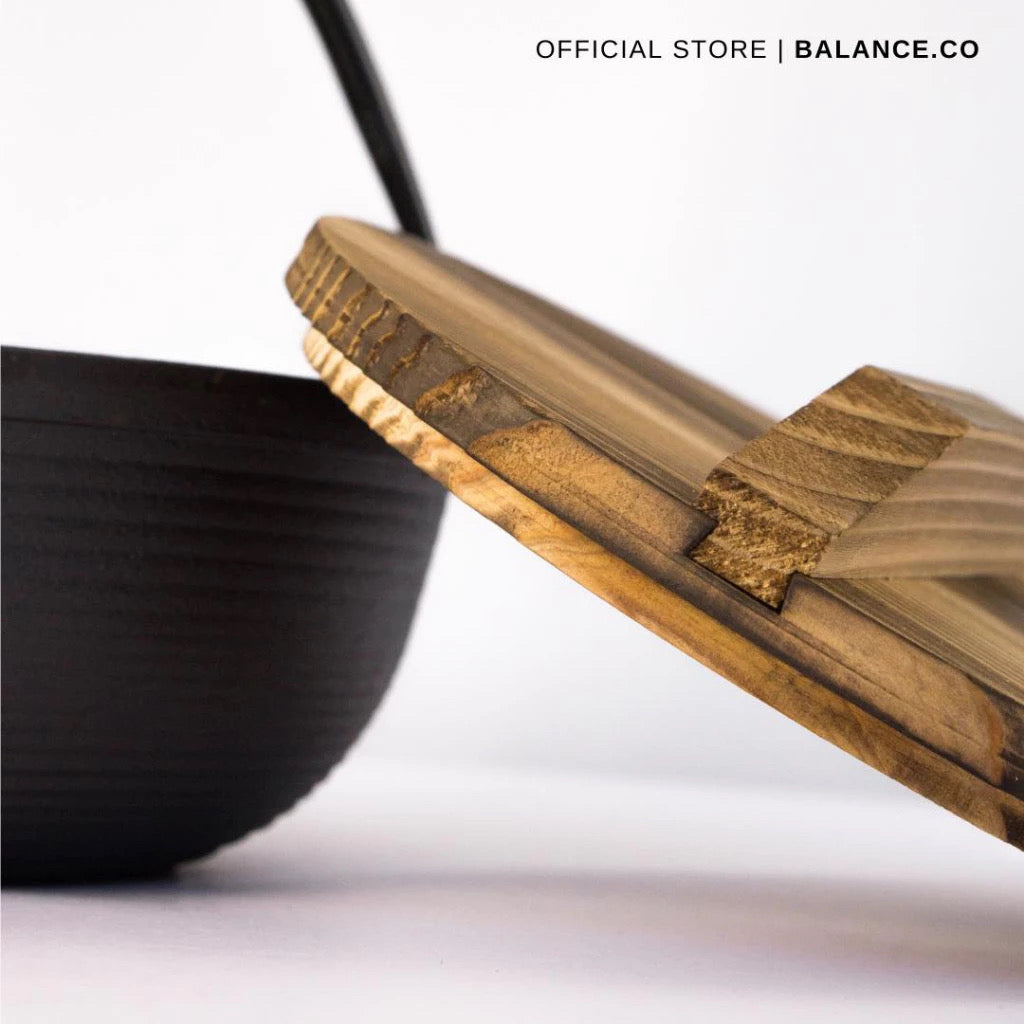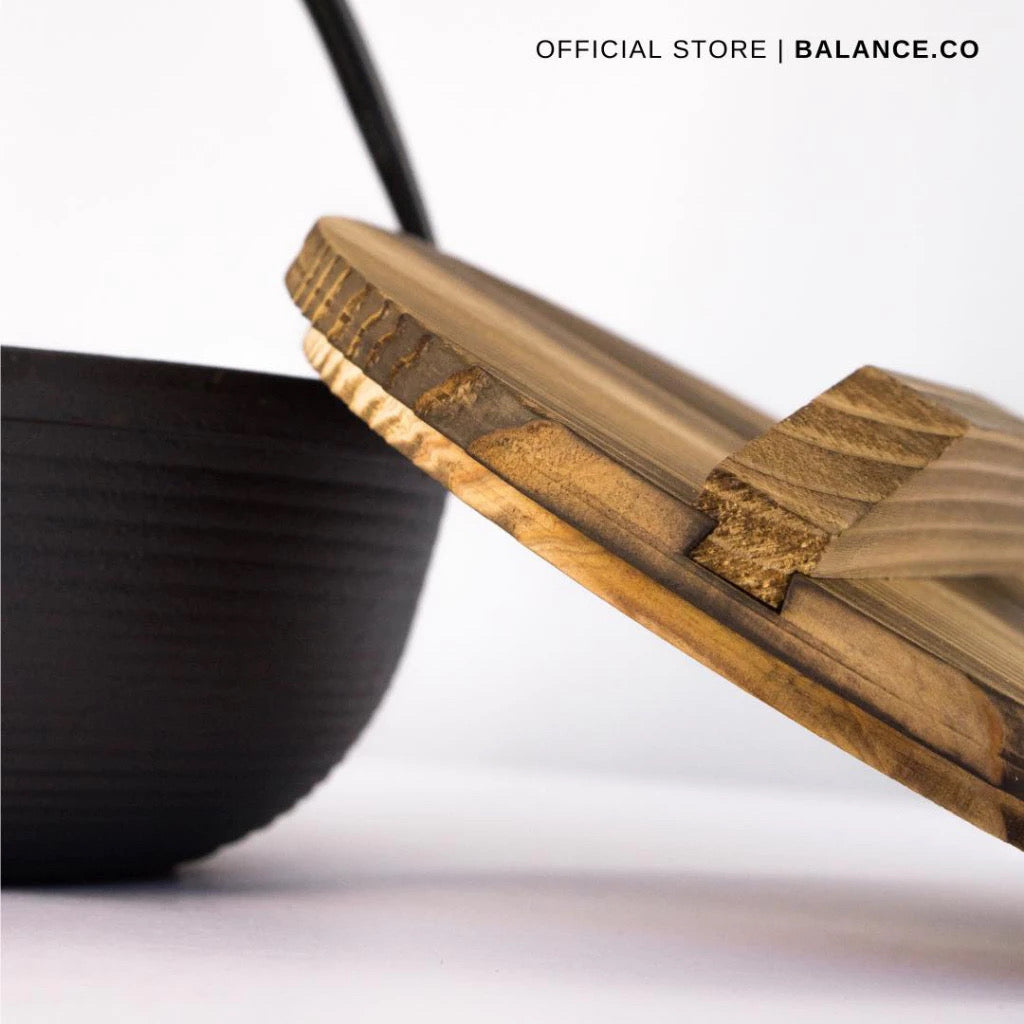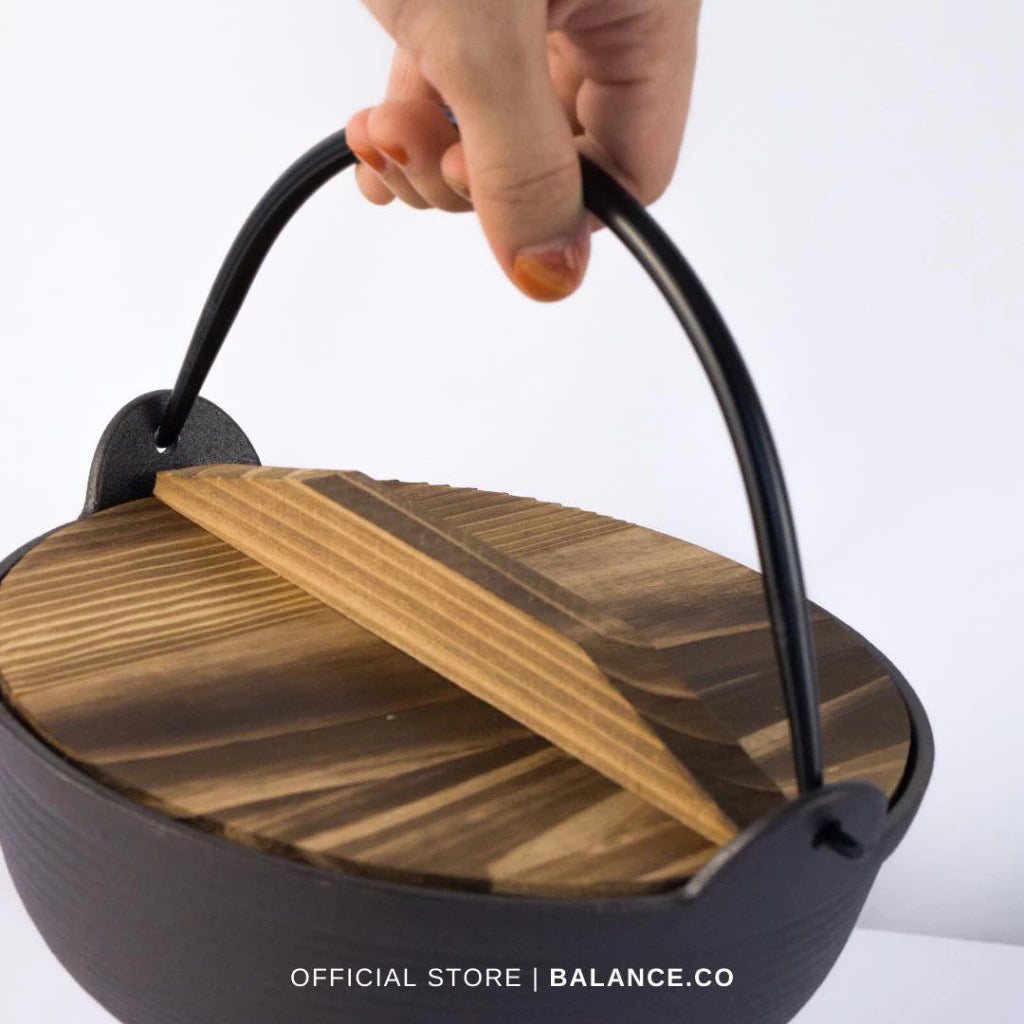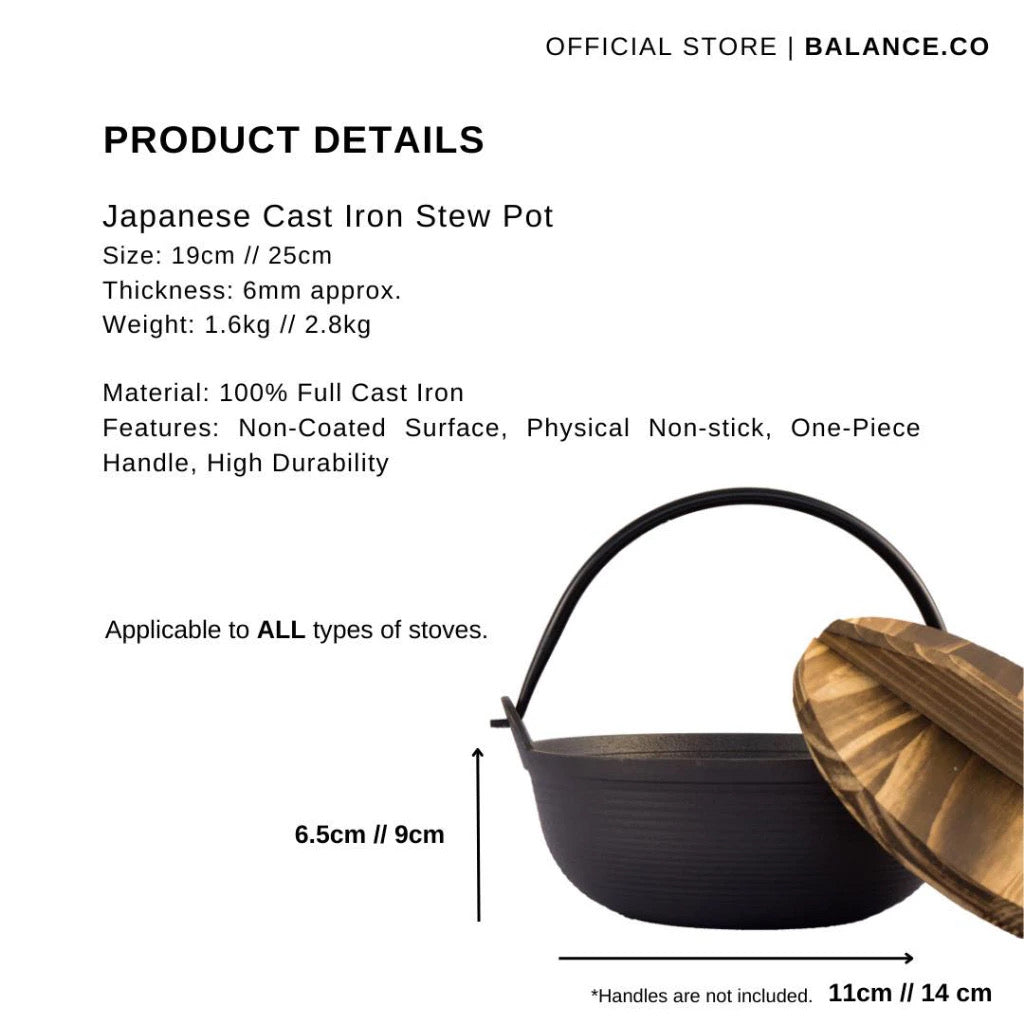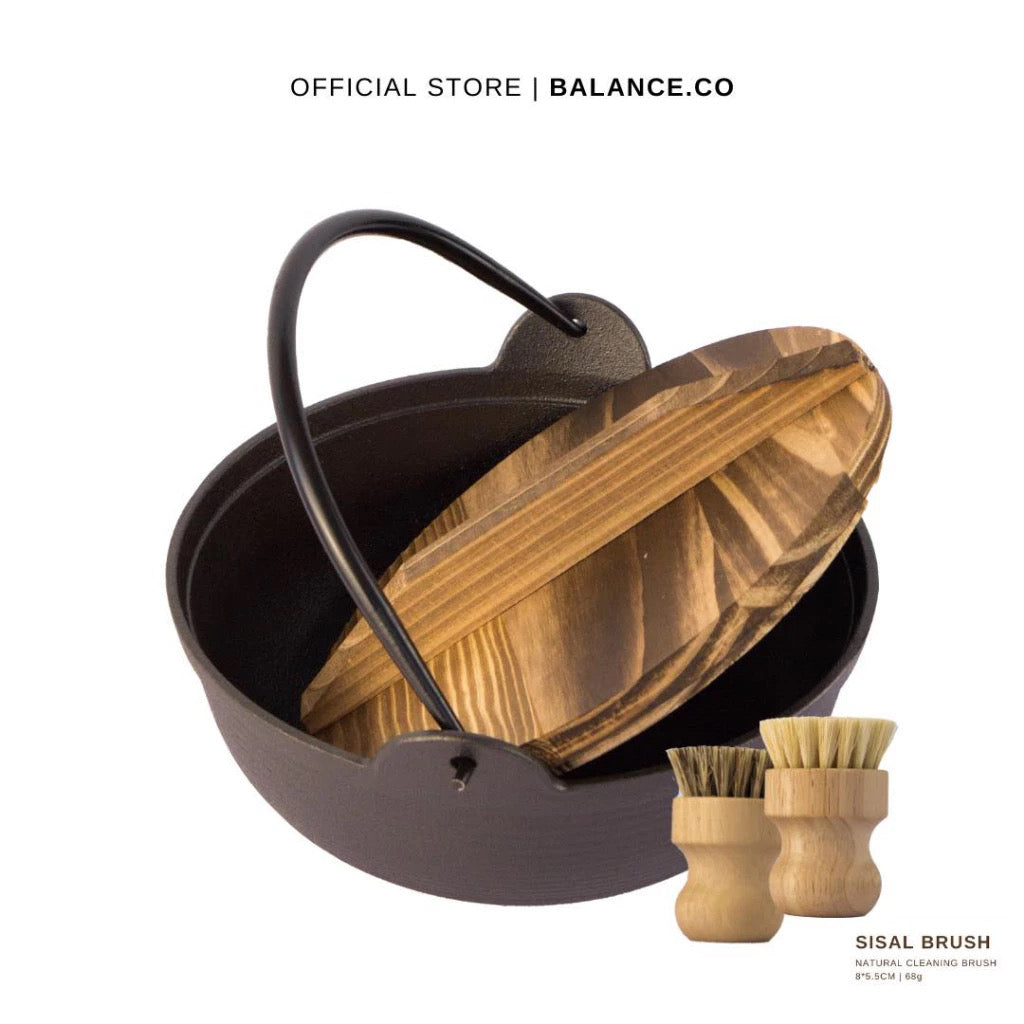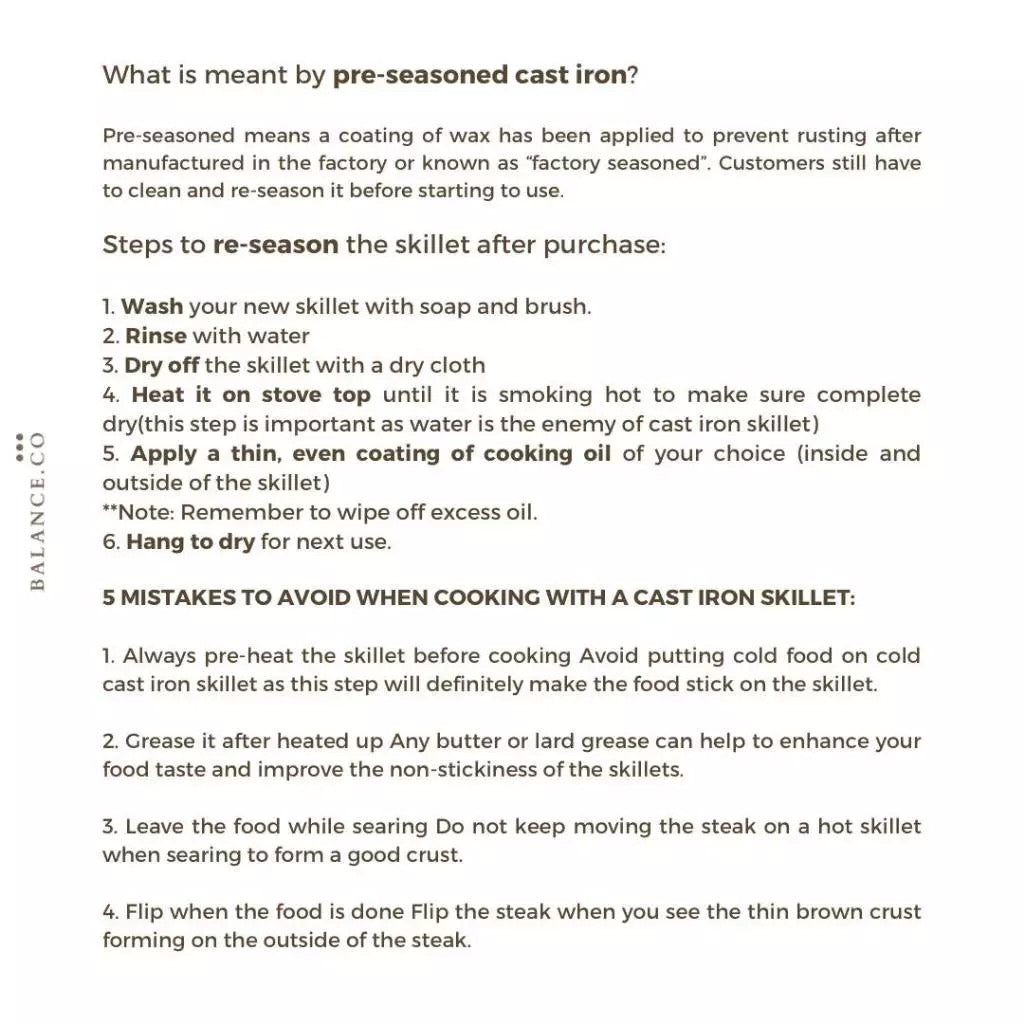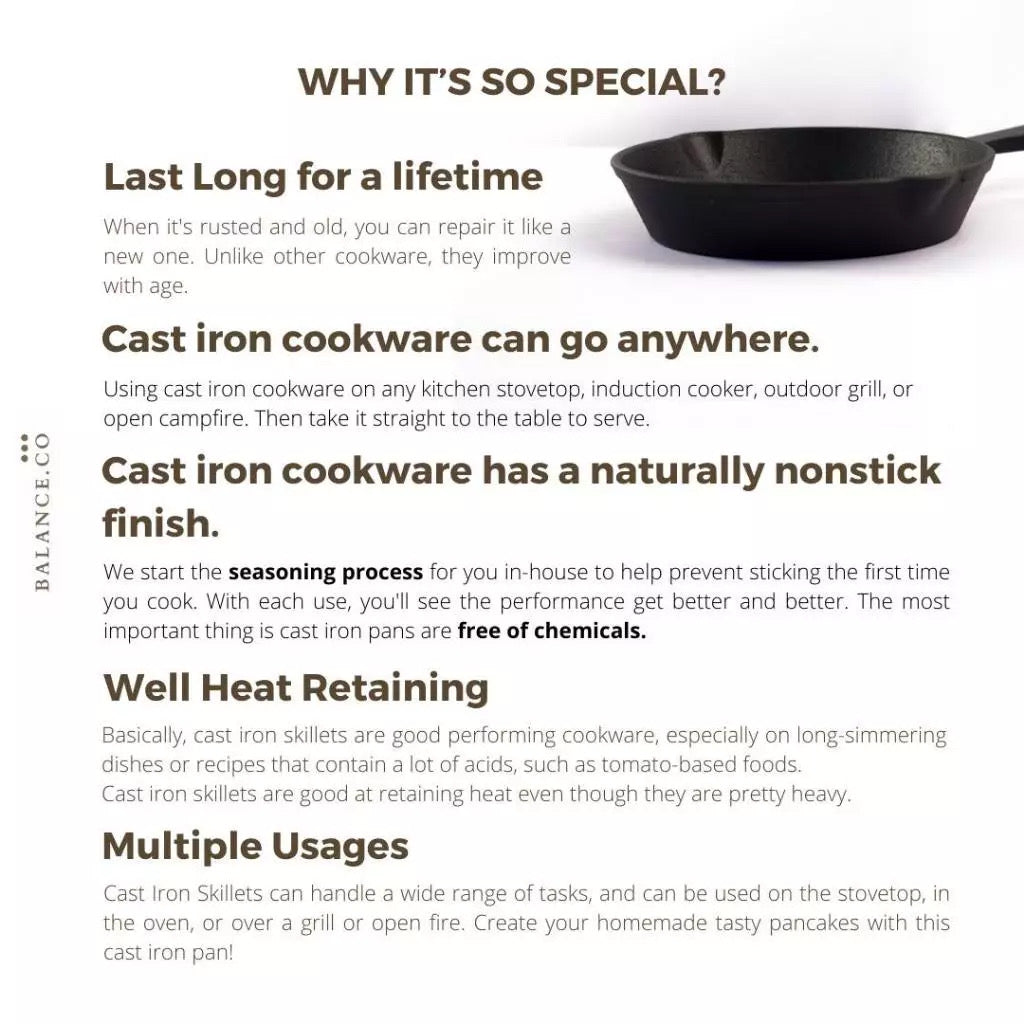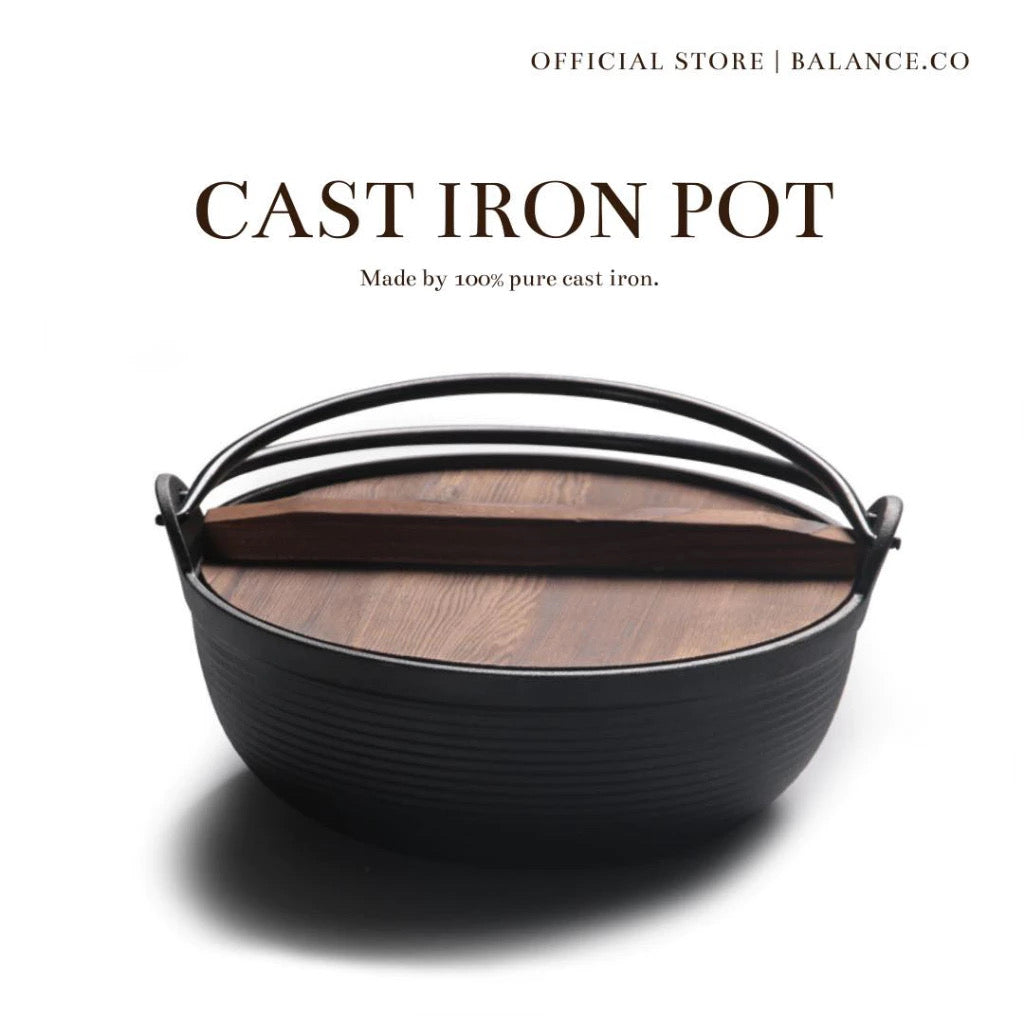Balance.co
Cast Iron Sukiyaki Pot
Cast Iron Sukiyaki Pot
Couldn't load pickup availability
Product Specifications:
-
Dimensions (Diameter):
- Small: 19 cm
- Medium: 25 cm
-
Material:
Pure Cast Iron -
Net Weight:
- Small: 1.6 kg
- Medium: 2.8 kg
-
Serving Size:
- Small: Suitable for 1 serving
- Medium: Suitable for more than 2 servings
-
Compatibility:
- Gas stove, Induction stove, Oven, Halogen, and Electric Furnaces
Product Features:
- Non-Coated, Non-Stick: No synthetic coatings, naturally non-stick when seasoned properly.
- Smoke-Free BBQ: Allows for clean cooking without excessive smoke.
- Easy to Clean: Natural surface makes it easy to clean without harsh chemicals.
- Chemical-Free: Free from harmful chemicals and coatings, safe for cooking.
- Durable: Long-lasting and resistant to wear and tear with proper care.
Package Content:
- 1 x Cast Iron Pot
FAQ:
-
How to care, maintain, and season the pan?
With proper care and seasoning, the cast iron pan can last for years.- Scrub the pan in hot soapy water to clean it.
- Dry the pan completely.
- Spread a thin layer of vegetable oil over the entire pan.
- Stovetop method: Heat the pan on low heat until it dries.
- Oven method: Place the pan upside down on the middle rack at 190°C and bake for 1 hour. Let it cool in the oven.
- Store the pan once it has cooled off.
-
Why is the surface not smooth or has minor stains?
Cast iron naturally has pores, just like skin. These pores absorb oil during seasoning, which helps form a natural non-stick layer. -
What should I do if it rusts?
Rust can be easily removed:- Wash the rusted area with hot water and a mix of white vinegar.
- Gently scrub off the rust.
- Re-season the pan following the seasoning steps above.
What is Pre-seasoned Cast Iron?
Pre-seasoned cast iron means the skillet has been coated with a protective layer, usually wax or oil, to prevent rusting after manufacturing. This is often referred to as "factory seasoning." However, customers should still clean and re-season the skillet before using it for the first time to enhance its non-stick properties.
Steps to Re-season Your Cast Iron Skillet After Purchase
- Wash your new skillet with soap and a brush to remove any factory residue.
- Rinse thoroughly with water.
- Dry the skillet with a cloth.
- Heat it on the stovetop until it's smoking hot to ensure it is completely dry. (Important: Water can cause rust, so make sure the skillet is fully dry.)
- Apply a thin, even coating of cooking oil (inside and outside).
Tip: Wipe off any excess oil to avoid a sticky finish. - Let it cool or hang to dry, and it’s ready for your next use!
Caution: 4 Mistakes to Avoid When Cooking with a Cast Iron Skillet
-
Not Preheating the Skillet:
Always preheat the skillet before cooking. Placing cold food on a cold skillet will cause the food to stick. -
Skipping the Grease:
After the skillet is heated, add some butter or lard. This not only enhances the flavour but also improves the non-stick properties. -
Constantly Moving the Food While Searing:
When searing, let the food sit undisturbed to create a good crust. Avoid the temptation to keep moving it. -
Flipping Too Soon:
Flip the steak only when a thin, brown crust has formed on the outside for the perfect sear.
How to Clean a Cast Iron Skillet After Cooking
Important: Do not use soap, steel wool, or put it in the dishwasher.
Why? Soap removes the skillet's seasoning (the non-stick layer), and steel wool can scratch the surface, making it rust.
But if you really want to use soap or steel wool:
If you decide to use soap or steel wool, you’ll need to re-season the skillet afterward. Just rub a thin layer of oil all over the skillet (inside and outside), then heat it on the stove or in the oven until the oil forms a protective layer.
- Immediately after cooking, pour hot water into the hot skillet.
- Gently scrub the skillet with a sponge or stiff nylon brush (use tongs to avoid burns).
- Rinse with hot water.
- Sprinkle some salt in the pan and add a little hot water.
- Use a wooden spatula to scrape off any tough stains.
- Rinse thoroughly with water.
- Dry the skillet completely with a towel, then heat it on low on the stovetop.
- Apply a thin layer of oil to season it (both inside and outside), and store it in a dry place.
Share
